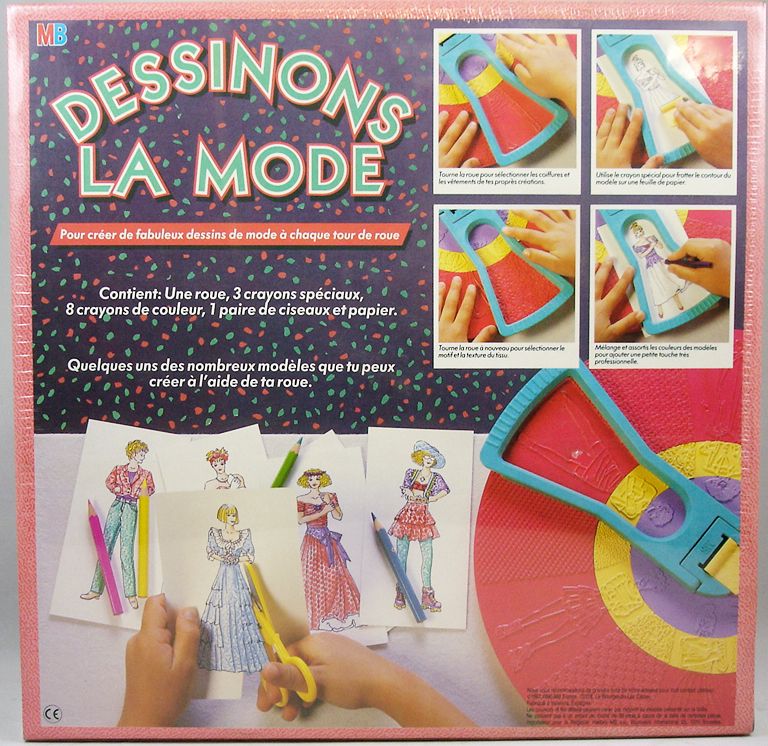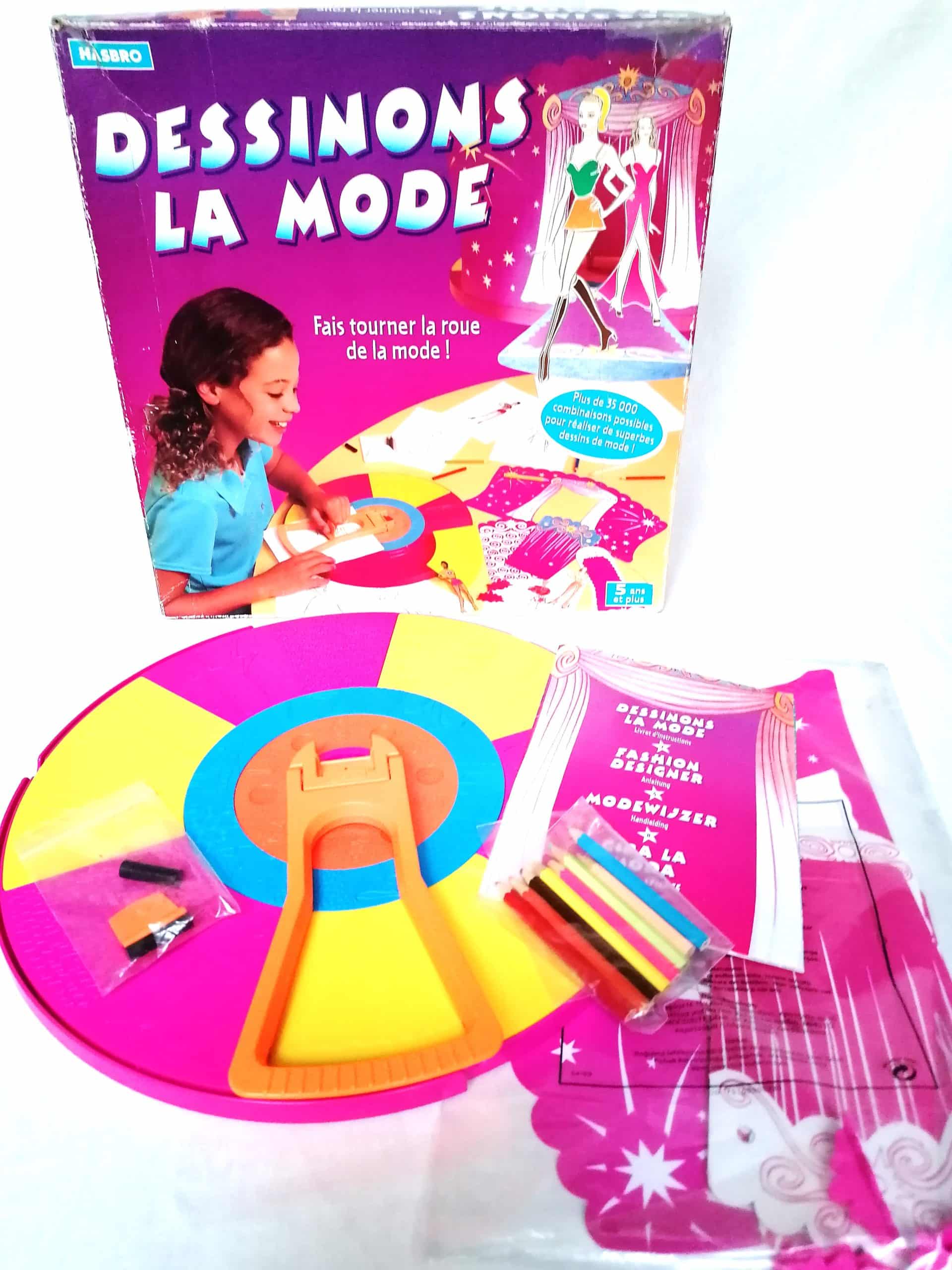Let's Dive Into The World Of "Dessinons La Mode" – Sketching Fashion Like A Pro
Hey there, fashion enthusiasts! Are you ready to embark on a creative journey that will redefine your understanding of fashion design? If you've ever wondered how to bring your wildest fashion ideas to life, then you're in the right place. Dessinons la mode isn't just about drawing clothes—it’s about unleashing your inner creativity and learning the art of fashion illustration. So, grab your pencils and let’s get started, shall we? This ain’t just any old guide; it’s your ultimate blueprint to mastering the world of fashion sketches.
Now, before we dive deep into the nitty-gritty, let me ask you something: Have you ever felt stuck when trying to translate your fashion ideas onto paper? Trust me, you're not alone. Many aspiring designers face the same challenge, but with the right tools, techniques, and a bit of practice, you'll be sketching like a pro in no time. That’s where "dessinons la mode" comes in—it’s like having a personal tutor who understands your struggles and helps you overcome them.
Think of this article as your go-to resource for everything related to fashion sketching. Whether you're a beginner just starting out or an experienced designer looking to refine your skills, this guide has got you covered. So, without further ado, let's jump right into the world of fashion illustration and discover how "dessinons la mode" can transform your creative process. Ready? Let’s go!
Table of Contents
- What is Dessinons La Mode?
- A Brief History of Fashion Illustration
- Essential Tools for Your Sketching Journey
- Mastering the Techniques of Dessinons La Mode
- Exploring Different Styles in Fashion Sketching
- Pro Tips for Perfecting Your Sketches
- Digital vs. Traditional: Which One is Right for You?
- Why Dessinons La Mode is Essential for Aspiring Designers
- Common Challenges and How to Overcome Them
- The Future of Fashion Illustration
What is Dessinons La Mode?
Dessinons la mode, which translates to "let’s draw fashion," is more than just a phrase—it’s a movement. It’s about embracing the art of fashion illustration and using it as a tool to express your unique vision. Whether you’re sketching a chic little black dress or designing a bold, avant-garde gown, "dessinons la mode" encourages you to let your creativity flow freely. This approach is all about experimentation, learning, and growing as a designer.
The Magic Behind the Phrase
So, why does "dessinons la mode" resonate so much with designers around the world? Well, it’s not just about the act of drawing—it’s about the process of creation. When you sketch a piece of clothing, you’re not just drawing lines on paper; you’re breathing life into an idea. You’re turning a thought into a tangible concept, and that’s where the magic happens.
A Brief History of Fashion Illustration
Fashion illustration has been around for centuries, and its evolution mirrors the changes in the fashion industry itself. Back in the day, fashion illustrations were used to showcase the latest trends to a wider audience. Today, they serve as both a creative outlet and a professional tool for designers. Understanding the history of fashion illustration can give you a deeper appreciation for the craft and inspire you to push boundaries in your own work.
Key Milestones in Fashion Illustration
- 18th Century: The rise of fashion plates and magazines.
- 20th Century: The golden age of fashion illustration, with artists like Christian Dior and Coco Chanel leading the charge.
- Modern Era: The integration of digital tools and techniques, revolutionizing the way designers create.
Essential Tools for Your Sketching Journey
When it comes to fashion illustration, having the right tools can make all the difference. Whether you prefer traditional methods or digital platforms, there’s a wide range of options available to suit every designer’s needs. Let’s take a look at some must-haves for your sketching journey.
Traditional Tools
- Pencils: For those who love the tactile experience of drawing on paper.
- Sketchbooks: A designer’s best friend, perfect for jotting down ideas on the go.
- Ink Pens: Ideal for adding bold lines and details to your sketches.
Digital Tools
- Tablets: Perfect for designers who want to combine traditional techniques with modern technology.
- Software: Programs like Adobe Illustrator and Procreate offer endless possibilities for creating digital fashion illustrations.
Mastering the Techniques of Dessinons La Mode
Now that you’ve got your tools sorted, it’s time to dive into the techniques that will take your sketches to the next level. From understanding proportions to mastering shading, these skills are essential for any aspiring fashion designer.
Understanding Proportions
One of the most important aspects of fashion illustration is getting the proportions right. A well-proportioned figure can make all the difference in how your designs are perceived. Practice drawing the human body from different angles and perspectives to develop a keen eye for detail.
Mastering Shading
Shading adds depth and dimension to your sketches, making them pop off the page. Experiment with different techniques, such as cross-hatching and stippling, to find what works best for you.
Exploring Different Styles in Fashion Sketching
Just like fashion itself, fashion illustration comes in many different styles. From minimalist sketches to elaborate, detailed designs, there’s something for everyone. Let’s take a look at some of the most popular styles in fashion sketching.
Minimalist Style
Less is more when it comes to minimalist fashion illustrations. This style focuses on clean lines and simple shapes, allowing the design itself to take center stage.
Avant-Garde Style
If you’re feeling bold, why not try your hand at avant-garde fashion illustration? This style is all about pushing boundaries and experimenting with unconventional shapes and forms.
Pro Tips for Perfecting Your Sketches
Want to take your fashion sketches to the next level? Here are some pro tips to help you refine your skills and create stunning designs:
- Practice regularly: The more you draw, the better you’ll get.
- Study real-life figures: Observing real people can help you improve your understanding of proportions and movement.
- Experiment with different mediums: Don’t be afraid to try new tools and techniques to find what works best for you.
Digital vs. Traditional: Which One is Right for You?
With the rise of digital technology, many designers are faced with the dilemma of choosing between traditional and digital methods. Both have their pros and cons, and the best choice depends on your personal preferences and needs.
Advantages of Digital Illustration
- Easy editing: Make changes to your sketches without starting from scratch.
- Portability: Take your designs with you wherever you go.
Advantages of Traditional Illustration
- Tactile experience: Many designers find the act of drawing on paper to be more satisfying and engaging.
- Unique texture: Traditional sketches have a distinct texture and feel that digital illustrations often lack.
Why Dessinons La Mode is Essential for Aspiring Designers
For aspiring designers, mastering the art of fashion illustration is crucial. It allows you to communicate your ideas effectively and stand out in a competitive industry. By embracing the principles of "dessinons la mode," you’ll develop the skills and confidence needed to succeed in the world of fashion design.
Common Challenges and How to Overcome Them
Every designer faces challenges along the way, but the key to success is knowing how to overcome them. Whether it’s struggling with proportions or finding your unique style, these obstacles can be turned into opportunities for growth.
Overcoming Proportional Challenges
Practice makes perfect when it comes to proportions. Use reference images and practice drawing the human body from different angles to improve your skills.
The Future of Fashion Illustration
As technology continues to evolve, so does the world of fashion illustration. From augmented reality to AI-powered design tools, the future is full of exciting possibilities for designers. By staying ahead of the curve and embracing new technologies, you can ensure that your skills remain relevant and in demand.
Conclusion
And there you have it, folks—a comprehensive guide to the world of "dessinons la mode." Whether you’re a beginner just starting out or an experienced designer looking to refine your skills, this guide has provided you with the tools and knowledge you need to succeed. Remember, fashion illustration is all about creativity, so don’t be afraid to experiment and push boundaries. Now, it’s your turn to take action. Grab your pencils, fire up your tablet, and start sketching your dreams into reality. Don’t forget to share your creations with the world—your unique vision might just inspire the next big trend in fashion!

Dessinons la mode Drawing board Milton Bradley 1990

Dessinons la mode Drawing board Milton Bradley 1990

Dessinons la mode Hasbro Grenier d'enfance